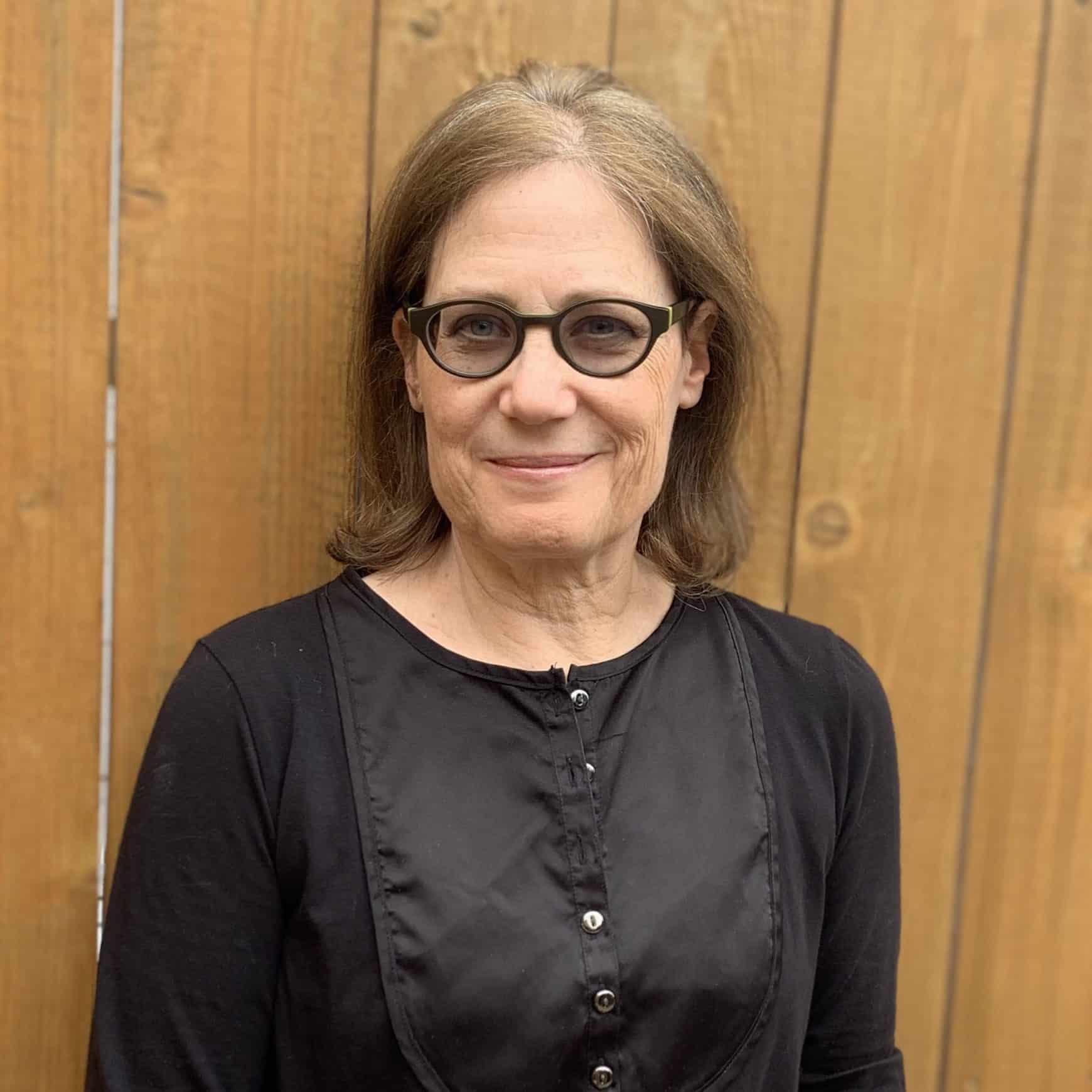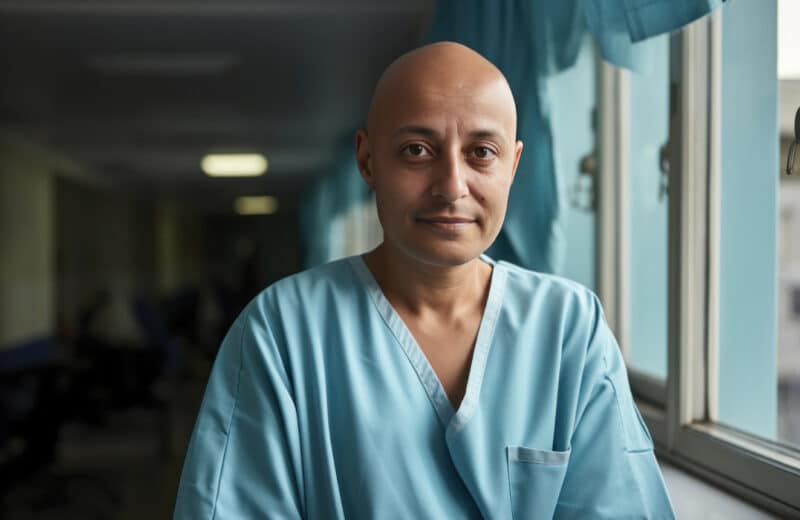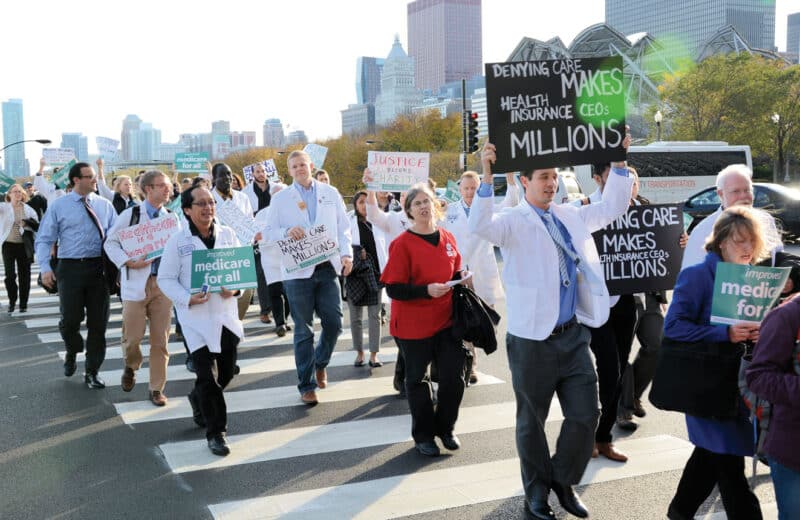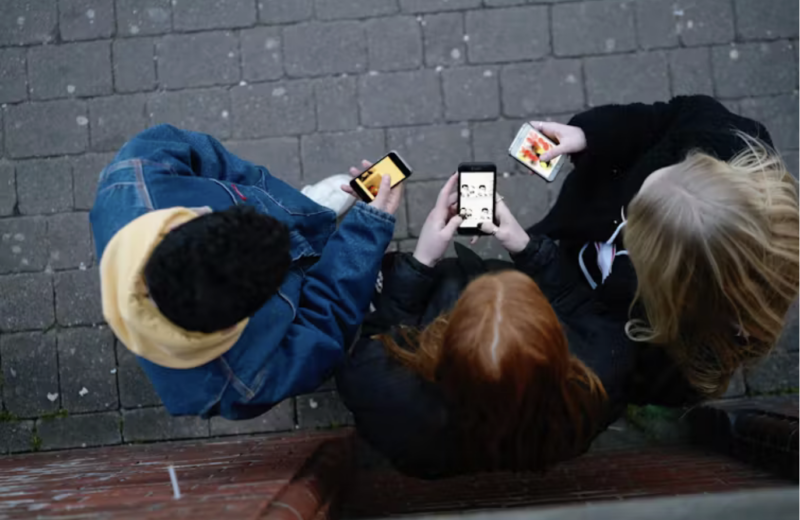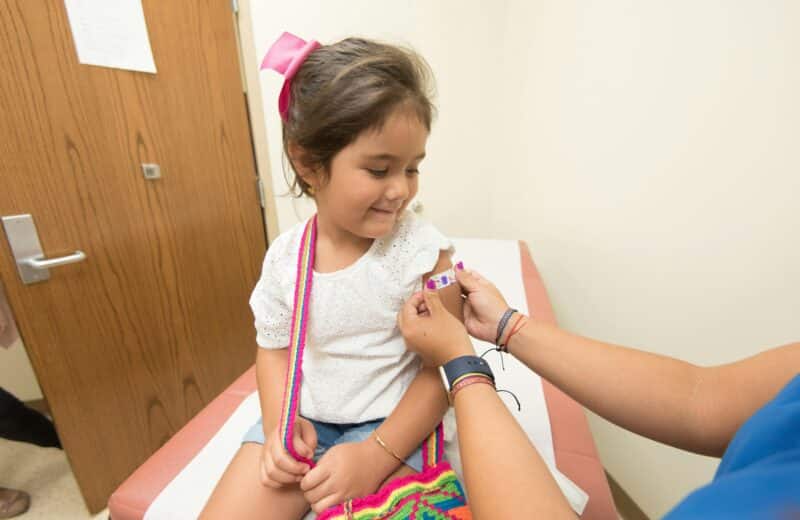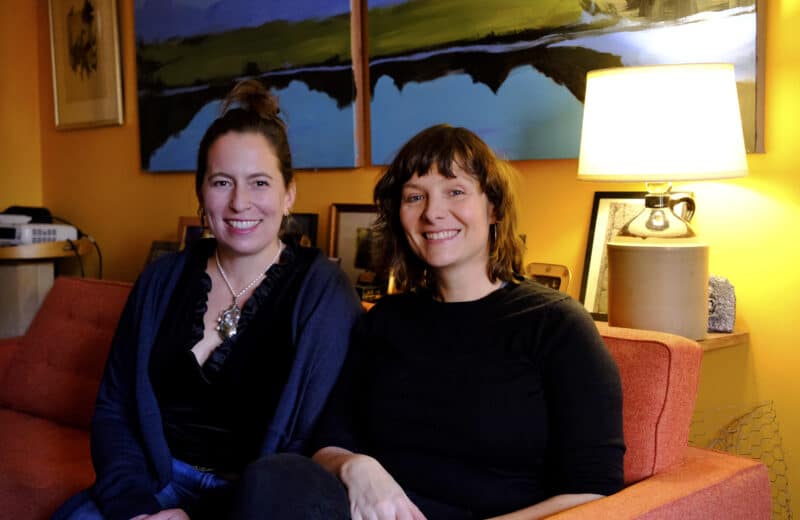Physicians have used radiation therapy to treat breast cancer for well over a century. But even though it’s safe, some people facing the treatment have concerns.
The first breast radiation treatment took place in Chicago in 1896, when an enterprising medical student irradiated an older woman in an X-ray tube factory on Halsted Street, according to the book The Emperor of All Maladies. Since then, research, technology, and experience have come together to make breast radiation therapy a safe, tolerable treatment with measurable results.
“Breast radiotherapy is pretty cool in the sense that over time, this treatment has gotten safer, faster, more convenient, and less expensive than it used to be. That is quite rare in medicine,” says Jonathan Strauss, MD, associate professor of radiation oncology at Northwestern University’s Feinberg School of Medicine.
Here, local experts share answers to common questions people have before undergoing radiation therapy for breast cancer.
What exactly does radiation accomplish in breast cancer?
After surgery, “There can be tumor cells lurking behind,” says William Bloomer, MD, a radiation oncologist at NorthShore University HealthSystem. Those tumor cells could eventually cause a recurrence of cancer, even in women with small tumors and clear margins after lumpectomy. Radiation targets lurking cells to reduce the chance the cancer will come back. “The radiation lowers whatever the inherent recurrence rate is by 50%,” Bloomer says.
How does the radiation get to the right place in the body?
Specialists may make a mold of the patient’s body or of a specific body part for the patient to lie in during treatment to remain immobilized, or they may carefully position the patient on a board. A radiation technician marks the skin with tiny tattoos that look like blue freckles or with ink covered by tape that stays on for the duration of treatment. For each treatment, the technician lines up lasers with the marks to make sure the patient is positioned correctly, “so we can be right on target with where our beam is going,” Strauss says.
Can radiation therapy cause a new cancer?
There is a very small risk that radiation can cause a secondary cancer — such as lung cancer or skin cancer in the treated area —to develop 10 or 20 years later. The risk of lung cancer in breast radiation patients is 0.3% for nonsmokers and 4% for long-term smokers, according to a 2017 study in the Journal of Clinical Oncology. Though the risk is real, the benefit of radiation therapy outweighs the risk of a future cancer caused by it.
“On balance, the benefit of radiation therapy in terms of local cancer control and survival is several orders of magnitude greater than the risk of a future cancer caused by it,” Bloomer says.
Does radiation harm the heart?
The heart lies very close to the breasts, especially the left one, and there is a small risk of heart issues after radiation, Strauss says. That risk increases with larger doses.
To lower the risk, doctors use a simple technique called deep inspiration breath hold to move the heart away from the radiation field. The specialist guides the patient through a series of deep breaths that inflates the lungs and shifts the heart out of the radiation field.
If a woman has large breasts, the doctor may ask her to flip over to use the prone breast technique, Bloomer says. The breast will hang through an opening in the table and get treated through the opening, which avoids the heart. With these techniques, the risk to the heart is largely, if not entirely, eliminated, Strauss says.
How long is radiation treatment?
Until recently, patients typically could expect 33 radiation treatments, one every weekday for six to seven weeks. Today, if there is no evidence of cancer in the lymph nodes, “We now will use a three- or four-week course, depending on whether we add a boost at the end. [We] are starting to use a one-week course,” Strauss says, pointing to data from the United Kingdom that support the shorter treatment.
With the shorter course, the patient receives more radiation each day, but the total amount is lower than the amount administered over the longer course, Strauss says. If cancer has affected the lymph nodes, patients will have the longer six-week course.
Is the patient protected by a lead shield to protect from scatter, like at the dentist’s office?
No. The scatter that occurs with radiation therapy is minimal and mostly internal, with very little coming into the room from the machinery, Strauss says.
If cancer recurs, can a breast be radiated more than once?
“Yes, if the interval is long enough,” Bloomer says. “Reirradiation usually is done only for early-stage recurrences without lymph node involvement and takes three to four weeks.”
In fact, he says, he has treated one person three times on the same breast. Reirradiation is usually partial breast radiation — treating only the area of the breast where the recurrent cancer was found, rather than the whole breast — to minimize the risk of long-term tissue damage.
Strauss confirms that reradiation is feasible for some patients, but he says that mastectomy is the more common treatment for recurrence.
How should individuals care for their skin during radiation?
Long radiation treatments can wreak havoc on skin, causing itchy red blotches like prickly heat, blisters, and peeling. But radiation oncologists have improved at delivering a smooth, even distribution of radiation across the breast, which, combined with fewer treatments, has decreased skin damage.
If a skin reaction develops, Bloomer suggests first applying Aquaphor ointment and then using a prescription steroid cream if the reaction progresses. Steer clear of hot tubs during treatments, he adds, because they dry out skin and make it more prone to peeling.
While radiation therapy is certainly not a pleasant way to spend time, it is safe and has potentially life-saving results. “It’s still no picnic, but it’s nice to know that it has been improving over time,” Strauss says. “I feel like every year I do this, it’s just a little bit better than it was the year before.”


